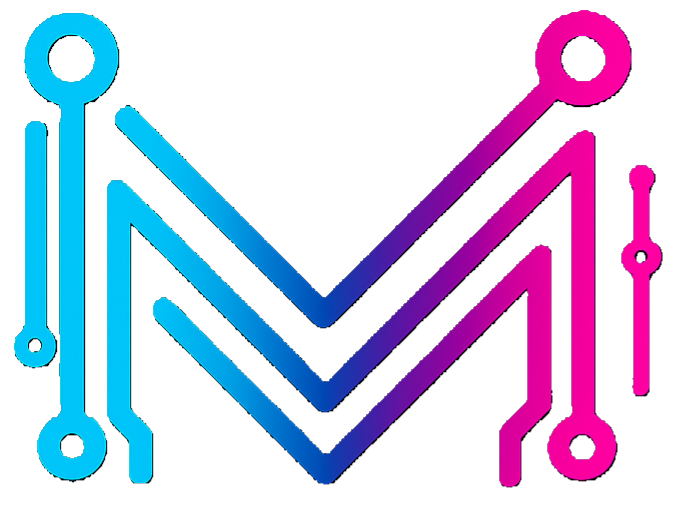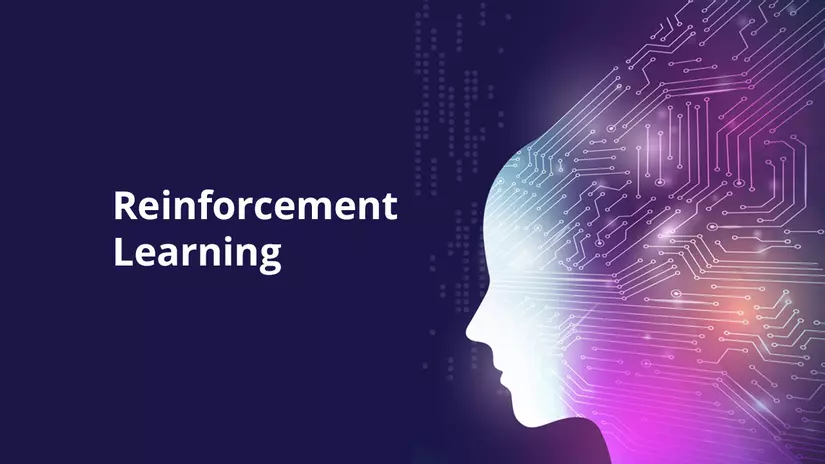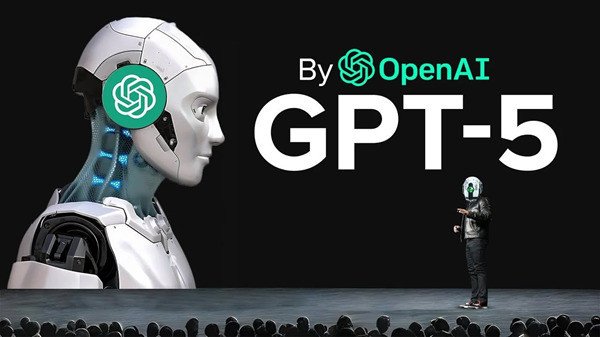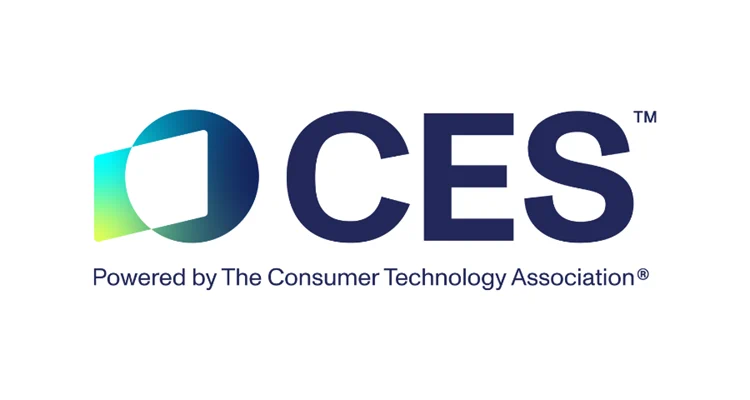Table of Contents
What is Reinforcement Learning? We’ve explored how AI can learn from labeled data (Supervised) and find patterns in messy data (Unsupervised). But there’s a third, wilder way for AI to learn—by being thrown into a situation and figuring things out through pure trial and error.
This is the rockstar of machine learning, responsible for some of the most stunning AI achievements in recent history. Welcome to the world of Reinforcement Learning.
So, what is Reinforcement Learning (RL)? At its core, it’s learning from the consequences of your actions. It’s the closest an AI gets to how we, or even our pets, learn. There are no labeled datasets or pre-defined answers. There’s just a goal, and a system of rewards and punishments.
The Ultimate Analogy: Training a Dog
Imagine you’re teaching a dog to fetch.
- You throw a ball. The dog just sits there. No reward.
- You throw the ball again. The dog looks at it. No reward.
- You throw it, the dog runs after it, picks it up, and brings it back. “GOOD BOY!” You give it a treat and lots of praise (Positive Reward).
Through thousands of repetitions, the dog learns a sequence of actions (run, grab, return) that maximizes its reward (treats and happiness). It doesn’t understand the physics of a thrown ball; it just understands that this specific behavior leads to a good outcome. That’s Reinforcement Learning in its purest form.
The Key Players in Reinforcement Learning
To understand how this works in a digital world, you just need to know the main characters in the play:
- The Agent: This is our AI learner, the “dog” in our analogy. It’s the program making decisions.
- The Environment: This is the world the agent operates in. It could be a chess board, a video game level, or even the real world for a robot.
- The Action: A move the agent can make (e.g., move left, jump, place a piece).
- The Reward (or Penalty): Feedback from the environment. A positive number for a good move, a negative number for a bad one. The agent’s single goal is to get the highest possible cumulative score.
The agent starts out making completely random moves. But over millions of trials, it starts to connect which actions lead to the biggest rewards and develops a “policy” or strategy to win.
How Reinforcement Learning Conquered Games
This trial-and-error method is perfect for games, where the rules are clear and there’s a definite goal (winning). This is where RL has had its most famous successes.
Example 1: AlphaGo – The Go World Champion
The ancient board game of Go is famously more complex than chess, with more possible moves than there are atoms in the universe. For years, experts thought a computer could never beat the best human players.
Then came AlphaGo, an AI created by Google’s DeepMind.
AlphaGo was trained using Reinforcement Learning. It started by studying human games (a bit of supervised learning), but then it was unleashed to play against itself for millions and millions of games. With each game, it learned which strategies led to a win (reward) and which led to a loss (penalty).
In 2016, AlphaGo defeated Lee Sedol, the 18-time world champion, in a stunning 4-1 victory. It even made creative, “beautiful” moves that human players had never conceived of in the game’s 3,000-year history. It didn’t just learn to play; it learned to innovate.
Example 2: Mastering Atari and Dota 2
Reinforcement Learning agents have also been trained to play classic Atari video games. They start with zero knowledge, just the screen pixels as input and the score as the reward. After thousands of hours of playing, they can achieve superhuman performance, discovering strategies that human players never found.
More recently, OpenAI Five, a team of RL agents, learned to play the incredibly complex team-based video game Dota 2, eventually defeating the human world champion team.
Beyond Games: The Future of RL
While games are the perfect training ground, the applications of what is Reinforcement Learning can do go much further:
- Robotics: Teaching robots how to walk, grab objects, and perform tasks in a factory.
- Finance: Developing automated stock trading strategies.
- Resource Management: Optimizing the cooling systems in giant data centers to save energy.
Conclusion: Learning the Hard Way
Reinforcement Learning is, in many ways, the most intuitive type of learning. It’s not about memorizing facts; it’s about building experience. It’s a powerful reminder that sometimes the best way to learn is to just jump in, try things, make mistakes, and slowly but surely figure out how to win the game.
It’s the digital embodiment of “practice makes perfect,” and it’s driving some of the most exciting advancements in the entire field of AI.
If you could train an RL agent to master any game, what would it be? Let us know in the comments!







Leave a Reply
You must be logged in to post a comment.